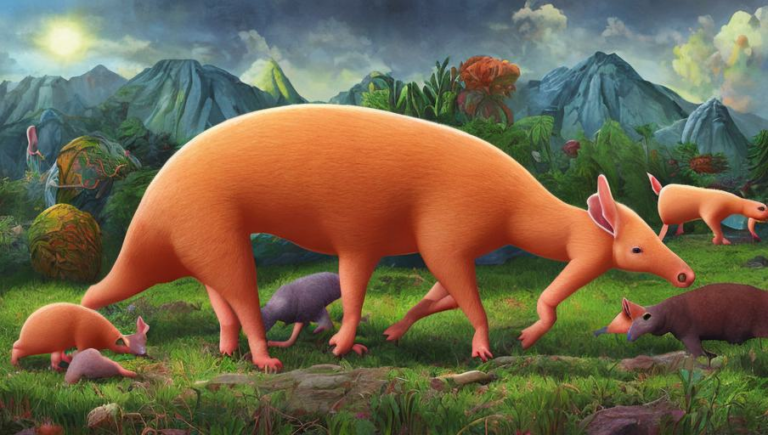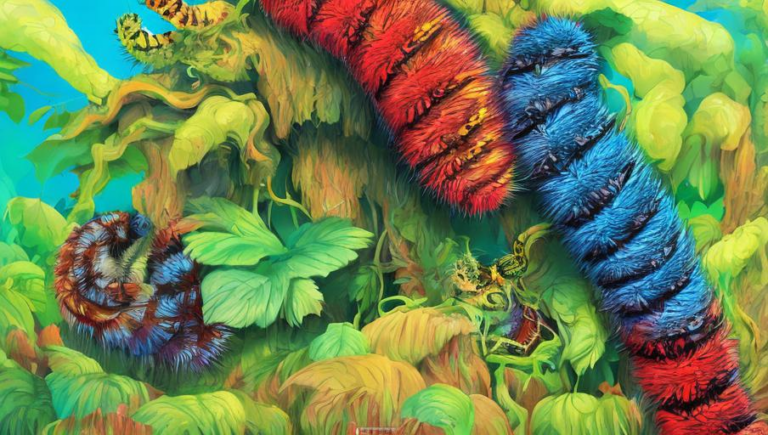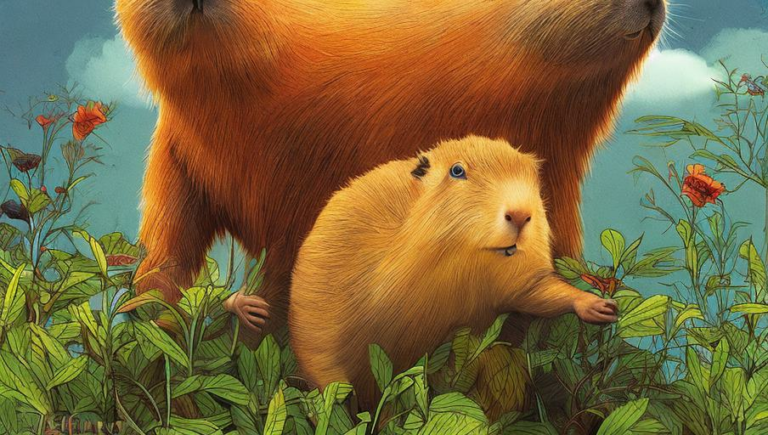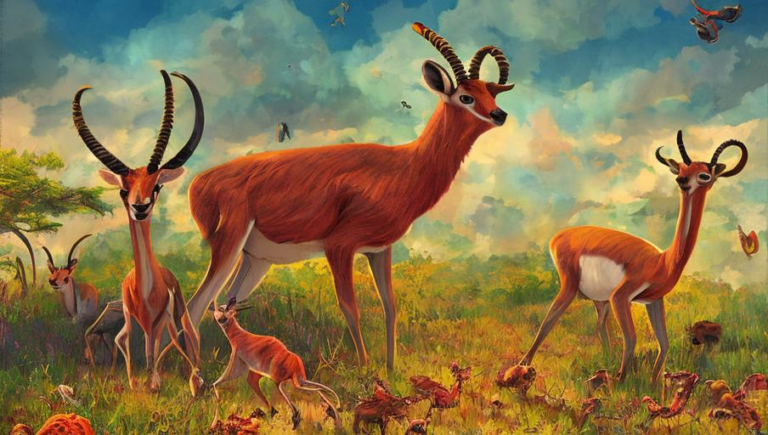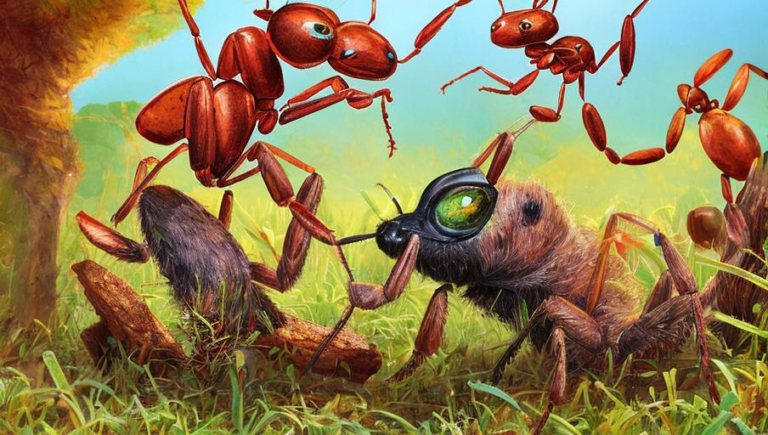On the Front Lines of Dugong Preservation
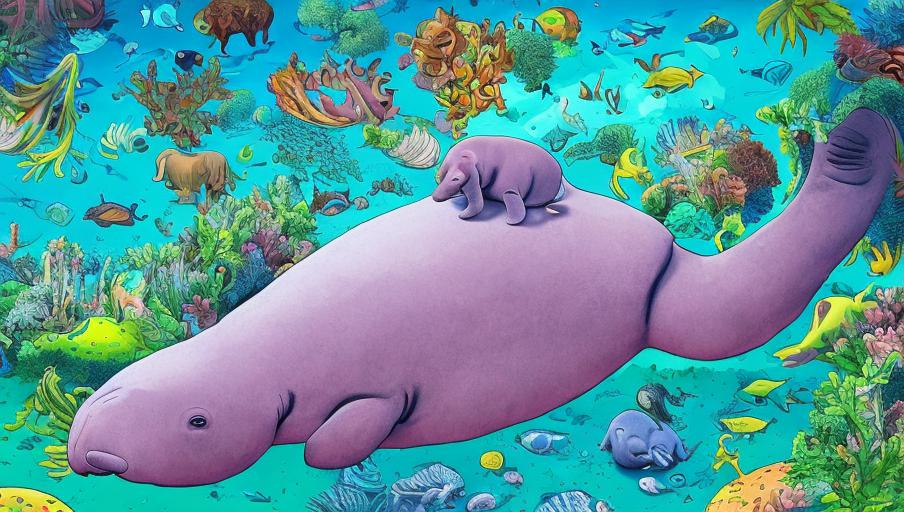
Introduction
The dugong, a species of marine mammal found along the coastlines of Australia and the Indian Ocean, is a gentle and vulnerable creature that is facing immense threats to its population. The dugong is a herbivore that feeds primarily on sea grass, which is becoming increasingly scarce due to climate change and overfishing. In addition, dugong populations are also threatened by boat collisions, entanglement in fishing nets, and habitat destruction.
Threats to Dugongs
Climate change is causing sea temperatures to rise, which is leading to coral bleaching and consequently a decrease in sea grass growth. As sea grass is the main source of food for dugongs, this leads to nutritional deficiencies, making it difficult for dugongs to survive. In addition, overfishing is reducing the availability of sea grass in dugong habitats, as the sea grass is often unintentionally caught in fishing nets.
Boats are another major threat to dugongs, as they often collide with the animals, leading to serious injuries and death. In addition, the noise from boat engines can disrupt the communication of dugongs, making it difficult for them to survive. Finally, dugongs are also facing habitat destruction as their coastal habitats are being destroyed by human activities.
Conservation Efforts
Fortunately, there are many organizations and individuals dedicated to preserving dugongs and their habitats. Organizations such as the World Wildlife Fund, Sea Shepherd Conservation Society, and Dugong and Seagrass Conservation Network are working to protect the species by creating marine protected areas, enforcing fishing regulations, and educating the public about dugong conservation. Additionally, conservationists are tracking the animals to gain a better understanding of their movements and behavior in order to develop better management strategies for the species.
In addition, many individuals are also working to protect dugongs and their habitats. For example, researchers have identified areas in Australia that are important for dugong conservation and are working to create a network of protected areas. Additionally, individuals are also working to build artificial sea grass reefs to help provide a safe habitat for dugongs. Finally, volunteers are collecting data on dugongs to help inform conservation efforts and develop better management strategies for the species.
Conclusion
The dugong is a gentle and vulnerable species that is facing immense threats to its population. Fortunately, there are many organizations and individuals working to protect the species and its habitats. These efforts are essential to ensure the survival of dugongs and other marine species. It is up to us to take action to protect the species and help ensure that dugongs can continue to thrive in their natural habitats.
